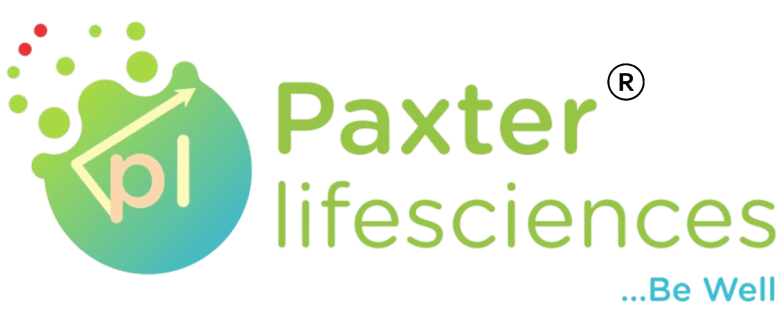Introduction: Why Pharma Can No Longer Afford to Ignore Automation
Let’s face it—pharma manufacturing is not what it used to be.
Those days of manual batch records, sluggish production cycles, and reactive quality control are behind us. Now, it’s all about precision, speed, and compliance—and automation is at the center of it all.
If you’re in the pharma industry, chances are you’re already under the gun to accomplish more with less. That’s why it’s more than just helpful to learn about the top 7 ways that automation is increasing pharma manufacturing productivity—it’s a must if you want to remain competitive.
1. Real-Time Monitoring = Fewer Errors
The first disruptor? Real-time data.
Automated systems monitor temperature, pressure, flow rates, and dozens more variables in real time. That means you can detect deviations before they become issues.
This prevents product inconsistency and waste—savings time and money.
2. Reduced Batch Processing and Turnaround Time
Speed counts. And automation reduces cycle times dramatically.
From ingredient blending to packaging, automated equipment can:
- Run 24/7 without fatigue
- Avoid manual delays
- Switch between product lines seamlessly
When discussing the top 7 methods automation is improving pharma manufacturing productivity, batch speed is a major one.
3. Automated Quality Control = Improved Compliance
Compliance is pharma’s full-time job. Automation keeps it in check.
With automated quality control systems, each batch is:
- Inspected with consistent standards
- Logged automatically for audits
- Flagged for inspection if something’s amiss
- No more handwritten logs and missing documents—just a clean digital footprint.
4. Smarter Inventory Management
Out of raw materials—or in too much—can both be expensive.
Computerized inventory software monitors:
- Current inventories
- Usage patterns
- Expiry dates
Assisting you to order just what you require, when you require it. It’s a simple and effective method for increasing margins and reducing downtime.
5. Improved Worker Safety
Let’s not forget about the human element.
Automation eliminates the need for manual handling of dangerous chemicals or repetitive processes that cause fatigue or injury. Robotic arms, cleanroom automation, and safety interlocks make your people safer—and more productive on high-skill tasks.
Another efficiency and morale victory.
6. Predictive Maintenance Reduces Downtime
Breakdowns are costly—and unwelcome.
Current automated systems leverage machine learning and predictive analytics to notify you when something fails. This maintains the smooth operation of machines and prevents expensive production downtime.
It’s one of the not-so-well-known advantages but is worth a place in the top 7 ways automation is increasing pharma manufacturing efficiency.
7. Seamless Data Integration Across Departments
Automation isn’t merely a matter of machines. It’s also a matter of how systems communicate with each other.
With ERP, MES, and QMS platforms connected, departments like production, QA, procurement, and logistics all have access to the same real-time data.
This alignment leads to faster decision-making, fewer errors, and a smoother workflow across the board.
Conclusion: Automation Isn’t the Future—It’s the Now
If you’re still debating whether to invest in automation, here’s the truth: your competitors already are.
The 7 highest-rated ways automation is improving pharma manufacturing efficiency show that this is not merely a matter of machines—it’s a matter of smarter processes, safer workers, and improved products.
contact Us : https://paxterlifesciences.com/
Follow Us : https://www.instagram.com/paxter_lifesciences/






